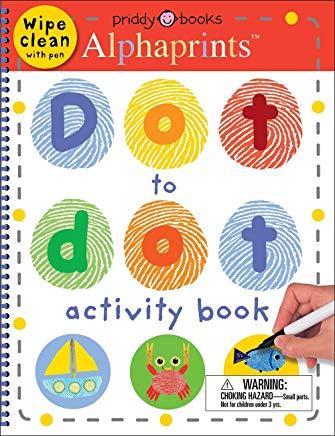
description
ne Pierson Wiese juxtaposes poems from her years living in New York City with work written after her relocation to South Dakota. By exploring local, historical, and personal sources, she invites readers to see an unmapped territory of the mind informed by these distinct regions of the United States. Suggesting that mundane physical places and daily routines can possess significance beyond the immediate, Which Way Was North offers elements such as wild grapevines and country cemeteries, along with subway preachers and weeds emerging from sidewalk cracks, as vital starting points for reflection. Fundamentally, Wiese's poems show that our individual powers of observation remain the most life-affirming response to the existential questions posed by our surroundings, regardless of where we happen to call home.
member goods
No member items were found under this heading.
Return Policy
All sales are final
Shipping
No special shipping considerations available.
Shipping fees determined at checkout.







